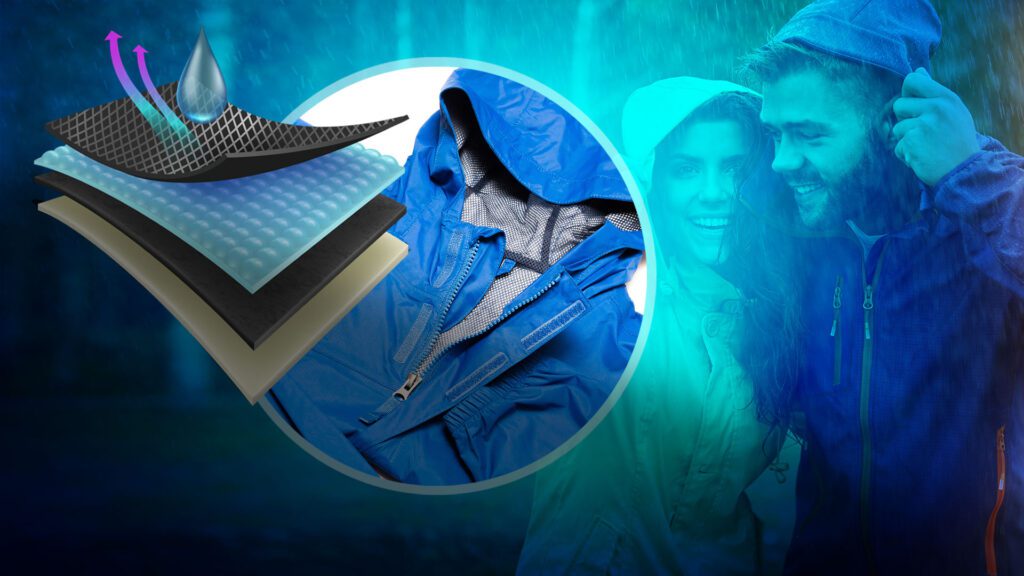How to Layer Clothing for Cold-Weather Working

As Billy Connolly famously said, “there’s no such thing as bad weather, only the wrong clothes”. And he’s quite right. As Winter quickly comes around the corner, it’s essential to equip your team with layered clothing for the weather and elements coming their way.
There was once a time when staying warm when working outdoors meant wearing the biggest, bulkiest jumpers and jackets that you could get your hands on. However, this is now a thing of the past, thanks to modern clothing materials and higher-quality weatherwear. One of the main ways that weatherwear and workwear have evolved is via the layering system.
The 3-Layer Principle
The 3-layer principle is a clothing system consisting of three garment layers that can be added or removed depending on activity. In this blog, we’ll look a little bit closer at the garments and products that will help keep your workers dry and warm this winter and, above all, safe.
Wearing several layers in cold, wet weather allows your workforce to adjust insulation accordingly as the environment changes around them. Although each person is different, and their body reacts differently to different weather, there are three must-haves when it comes to layering clothing.
Firstly you’ll need a base layer, essentially an underwear layer that wicks sweat from your skin. Examples include leggings, thermal tops, t-shirts, or polo shirts. Secondly, you’ll need an insulating layer to retain body heat and protect your team from the cold. An insulating layer could include fleeces, softshells, sweatshirts, or hoodies. Finally, you’ll require an outer shell layer to shield from wind and rain. An outer layer may include hard shells and insulated jackets.
While there are many ways to ensure your team is well equipped for the cold and wet weather, winter brings intelligent layering that allows the worker to adapt their clothing for not only the weather but the work they’re carrying out, something that is imperative when you’re buying workwear and weatherwear for a team doing a range of high impact roles.
By encouraging the use of a layered clothing system, you can allow your team to tailor their attire to their needs. However, you also have to make sure this is still suitable within the safety parameters of their working environment.
Cost-effective Layering
Applying this system to outdoor work clothing is cost-effective as it eliminates the need to purchase specific garments or outfits for different tasks. Instead, workers can add or take away layers according to their activity level, weather conditions, and personal preference.
While the activity level is a good starting point when choosing appropriate layers, weather conditions and temperature are also very important to consider. These factors can be unpredictable, so it’s helpful to encourage workers to bring layers with them so they can remove or swap pieces to change the dynamic of their layering system as they please.
The Dos and Don’ts of Garment Layering
Do
- Choose a high-wicking base layer for effective moisture management
- Remember the importance of breathability – as much as insulation
- Ensure your team has enough of each garment to allow for washing
- Size up with shell layers to allow for room for your base layer and the insulating layer
- Consider Health and Safety as well as comfort
Don’t
- Wear cotton layers – it absorbs moisture
- Leave your team cold and damp this winter
- Choose bulky clothing over thinner layers
- Forget to consider the level of activity
- Forget to consider different weather conditions
Click here to speak with our team of clothing experts today and ensure your team is prepared for the cold winter weather to come.
